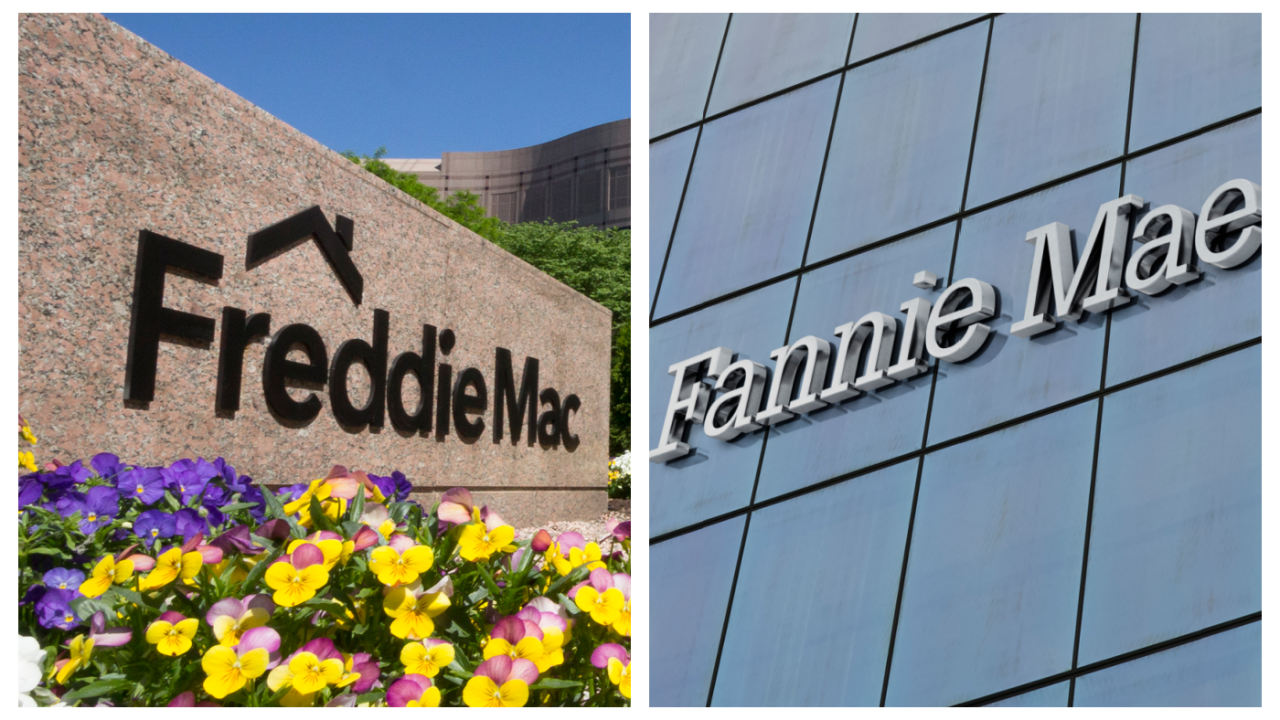The mortgage refinancing boom for homeowners has been getting headlines for months, but what about the market for corporate borrowers?
This summer Terex Corp., a mining and construction equipment company in Westport, Conn., took advantage of a refinancing boomlet in the syndicated loan market when it wanted to raise funds for an acquisition. On July 3 it refinanced its credit lines with a $375 million loan at the London interbank offer rate plus 200 basis points.
The company had $150 million left over after paying off the old loans, and the refinancing agreement included a so-called green shoe provision, which offered it the option of taking out a term C loan at Libor plus 250 basis points at a future date.
Terex sought bank financing because of the favorable terms available, but the window for lower rates on syndicated loans has now slammed shut for corporate borrowers. In addition, the usual post-Labor Day pickup in new loans has not materialized.
From June 30 to last Thursday, spreads on leveraged loans rose as much as 81 basis points, depending on the borrower's credit rating and on whether the lender was a bank or an institutional investor. For BB or BB-minus bank loans, spreads rose from Libor plus 233 basis points in June to Libor plus 310 last week, according to the Standard & Poor's affiliate Portfolio Management Data.
Refinancing, though still possible, is no longer happening at the better rates, market participants say.
"It's gone from a borrower's market to a lender's market," said Richard Hsu, a portfolio manager in bank loan investments at Franklin Templeton. "It's more of a normal market. Back then rates were so low people were refinancing just to get better spreads."
Now that refinancing has dried up, companies such as Terex are having a harder time persuading institutions to invest in the loans that have this summer's rates.
On Sept. 17, Terex announced that Credit Suisse First Boston and Citigroup Inc.'s Salomon Smith Barney were syndicating an incremental term loan of $200 million to finance its purchase of Genie Holdings Inc. The loan closed and was funded on Sept. 23. But the rate, Libor plus 250, has not enticed institutional investors to buy the loans from the syndicate.
Loan investors paid 97.5 cents on the dollar for Terex's second issue, whereas the average for other large loans is 99.5 cents, according to Portfolio Management Data.
Borrowers may defer further borrowing until rates drop again. Wider spreads also generate more income for the large commercial and investment banks that arrange the loans if they keep a portion of the credit rather than selling it to the secondary market.
The flip side of wider spreads, however, is that companies may wait to borrow, thus lowering the volume of banks' underwriting fees.
"There are always various capital transactions you can use" to finance acquisitions, said Kevin O'Reilly, the vice president for investor relations at Terex. "Where the bank market was at the time certainly factored into our decision" to use loans rather than other capital-raising products, such as high-yield bonds or equity issues, he said.
The summer refi scramble for companies like Terex came after institutional investors started clamoring for more available syndicated loans in which to invest. The high-yield bond market had perked up, and new collateralized debt and loan obligations - big buyers of syndicated leveraged loans - were launched.
To satisfy investor demand and generate fee income, the commercial banks that underwrite and usually sell these large loans started to look through their portfolios for older credits that could be refinanced.
"There was high investor demand and thin new issues, so borrowers had the ability to lock in a cheap deal," said Chris Donnelly, a director at Portfolio Management Data.
Spreads on leveraged institutional loans, which had been dropping steadily since January, plunged to a four-year low of Libor plus 248 in June, according to Portfolio Management Data. As the summer progressed investors' appetite for loans waned, and they became less willing to buy those with lower returns. By the end of September the situation had not improved for borrowers.
"The rebound that everyone anticipated" did not occur, Mr. Hsu said.
What happened? First, the default of Adelphia Communications, with $2 billion outstanding to institutional lenders, spooked investors. Then an economic rebound began to appear less imminent, and the possibility of a war with Iraq was seriously raised.
Wider spreads and institutions' declining interest reduced the volume of new issues. Those tracked by Portfolio Management Data reached $18 billion in May, then fell to $16 billion in June and $13 billion in July. Activity came close to a halt in August, when banks underwrote just $4 billion. Last month it picked up slightly, to $7 billion.






